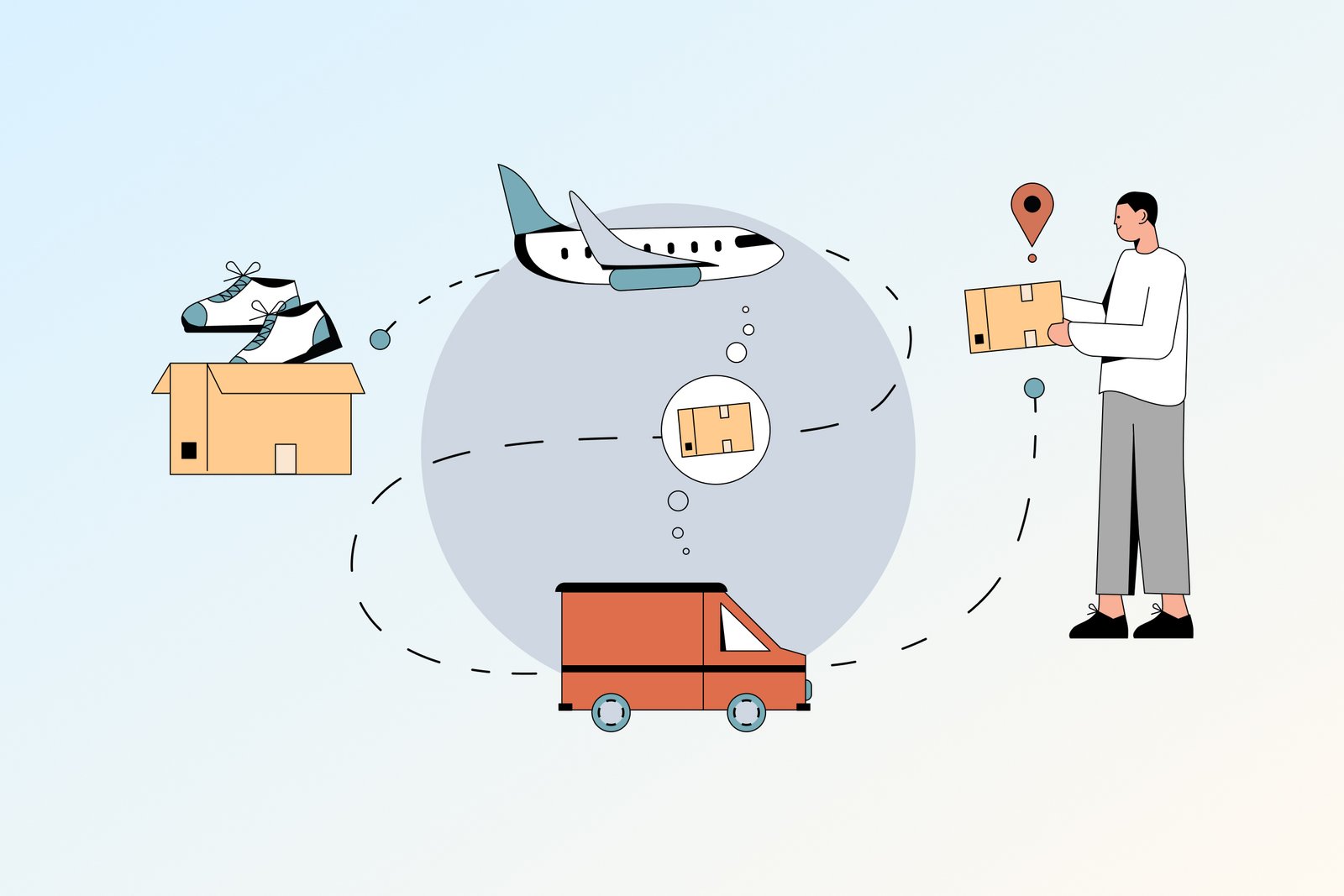Effective shipping logistics is vital for eCommerce success. It bridges the gap between your business and your customers, ensuring timely deliveries and customer satisfaction. Here’s a breakdown of the key elements of eCommerce shipping logistics and how to optimize them.
1. Order Processing
Streamlining the First Step
Order processing begins when a customer completes their purchase. To manage this efficiently:
- Automate Order Management: Use software to sync inventory and process orders in real-time.
- Validate Shipping Details: Ensure addresses and payment information are accurate to prevent delays.
By streamlining this step, you can reduce processing times and prepare orders for shipment faster.
2. Inventory Management
Keeping Stock in Check
Accurate inventory management is crucial for smooth shipping logistics. Key practices include:
- Real-Time Inventory Tracking: Monitor stock levels to avoid overselling.
- Strategic Warehousing: Store products close to your customer base to reduce shipping time.
Efficient inventory management minimizes out-of-stock situations and enhances customer satisfaction.
3. Packaging
Prioritizing Product Safety and Presentation
The right packaging protects products during transit and creates a positive unboxing experience. To optimize packaging:
- Choose Durable Materials: Prevent damage during shipping.
- Use Eco-Friendly Options: Appeal to environmentally conscious consumers.
- Brand Your Packaging: Reinforce brand identity with custom designs.
Thoughtful packaging boosts customer trust and loyalty.

4. Shipping Methods and Carriers
Selecting the Right Options
Offer multiple shipping options to meet diverse customer needs, such as:
- Standard Shipping: Cost-effective for non-urgent orders.
- Expedited Shipping: For customers who need products quickly.
- Free Shipping: A popular choice that can increase sales.
Partnering with reliable carriers ensures timely and secure deliveries. Compare rates and services to find the best fit for your business.
5. Last-Mile Delivery
The Final Step in Shipping
Last-mile delivery refers to the final stage of the shipping process, where the product reaches the customer. To optimize this step:
- Use Local Distribution Centers: Reduce delivery times.
- Offer Tracking: Allow customers to monitor their shipment’s progress.
- Invest in Automation: Technologies like drones and robots can streamline deliveries in the future.
Efficient last-mile logistics ensure customer satisfaction and build trust in your brand.
6. Returns Management
Handling Reverse Logistics
A seamless returns process is essential for customer satisfaction. To manage returns effectively:
- Simplify Return Policies: Make them clear and easy to follow.
- Provide Prepaid Labels: Ease the return process for customers.
- Analyze Returns Data: Identify patterns to reduce future returns.
Well-handled returns enhance customer loyalty and encourage repeat business.
7. Cost Management
Balancing Quality and Expenses
Shipping costs can significantly impact profitability. To keep expenses in check:
- Negotiate with Carriers: Secure volume discounts.
- Optimize Packaging: Use the smallest box size that fits your product.
- Leverage Zone Shipping: Reduce costs by shipping from the closest warehouse.
Smart cost management ensures you can provide affordable shipping options without compromising service quality.
8. Customer Communication
Keeping Customers in the Loop
Transparent communication is vital for managing customer expectations. Best practices include:
- Send Shipping Notifications: Update customers on order status.
- Provide Tracking Information: Offer real-time updates on delivery progress.
- Respond Quickly to Inquiries: Address shipping-related questions promptly.
Effective communication builds trust and improves the overall customer experience.
Conclusion
Understanding and optimizing eCommerce shipping logistics is crucial for delivering exceptional service. From order processing to last-mile delivery, each step plays a role in ensuring customer satisfaction and business growth. By focusing on efficiency and customer needs, you can build a robust shipping strategy that enhances your brand’s reputation and profitability.




